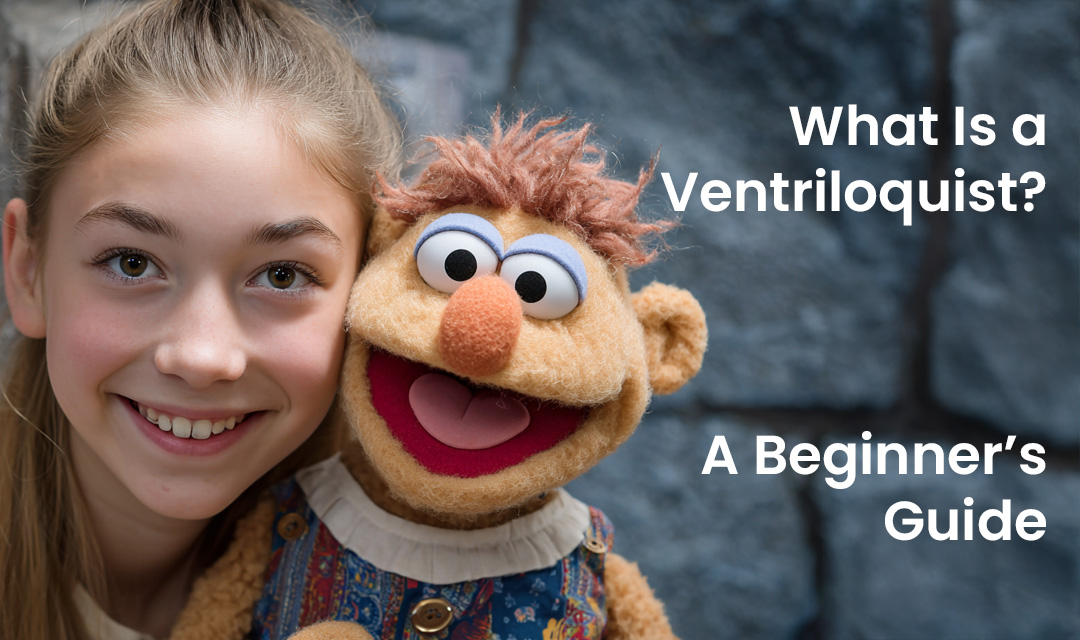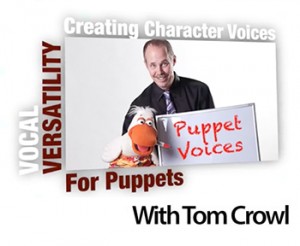Ever watched someone have a full-on conversation with a puppet… and it somehow felt real?
That’s the magic of ventriloquism — and the artist behind it is called a ventriloquist.
If you’re curious about how it works, how to start, or what makes someone a great ventriloquist, this guide will walk you through the basics.
What Does a Ventriloquist Do?
A ventriloquist is a performer who uses voice control and acting skills to make a puppet (often called a figure) seem alive.
The trick? They speak without moving their lips, making it look like the puppet is doing the talking.
But ventriloquism isn’t just about not moving your mouth — it’s about creating a believable back-and-forth between two characters: the ventriloquist and the puppet.
The Goal: Create the Illusion of Life
When done right, the audience forgets they’re watching one person control both voices. Instead, they see a real exchange happening on stage.
This is why ventriloquists rehearse like actors and write material like comedians.
They aim to make the puppet feel like a separate personality with its own voice, timing, and attitude.
How Do Ventriloquists Talk Without Moving Their Lips?
It takes practice.
You learn how to:
- Replace hard-to-pronounce letters (like B, F, P, M) with modified sounds
- Control your breathing and airflow
- Strengthen tongue and jaw muscles
- Keep your face relaxed while speaking
Most beginners try to freeze their faces or force a smile — and that’s where the illusion falls apart.
To learn real control, I recommend you take ventriloquism lessons either online or with the help of a ventriloquist.
The Ventriloquist’s Voice Toolbox
Ventriloquists use a range of voice tricks to bring their characters to life, including:
- High or low vocal pitch
- Speech patterns
- Accents or quirks
- Pauses and pacing
The more contrast between you and your puppet, the more believable the interaction becomes.
Some of the best in the business — people like Jay Johnson, Ronn Lucas, and Ken Groves — are known for expressive, natural puppet voices and full-on conversations that feel unscripted.
A Ventriloquist’s Ventriloquist
If you’ve ever heard the phrase “a magician’s magician”, there’s a similar idea in vent.
A ventriloquist’s ventriloquist is someone who doesn’t just fool an audience — they earn the respect of other vents because of their skill, control, and ability to connect.
Two great examples of ventriloquist’s ventriloquists are Dan Horn and Jay Johnson.
They don’t just talk through puppets — they create unforgettable characters.
How to Get Started
If you’re new to ventriloquism, start here:
- Pick a puppet or figure you enjoy using. (Don’t have a puppet? Use your hand or make one from a sock!)
- Learn how to speak without moving your lips.
- Write short conversations or jokes between you and the puppet.
- Rehearse like a real performance.
- Watch and learn from experienced ventriloquists.
Need help writing your first dialogues? I cover script writing and memorization in the Learn-Ventriloquism course!
Final Thought
Ventriloquism is part voice control, part acting, part comedy, and all performance.
If you’re serious about learning, there’s a path forward — and it starts with understanding what it really means to be a ventriloquist.
So whether you’re just getting started or hoping to become a ventriloquist’s ventriloquist someday…
Keep learning. Keep practicing. Keep making your puppet talk.
Want to get started with ventriloquism now? Click the button below to sign up for five free lessons and see if the Learn-Ventriloquism course is right for you!







